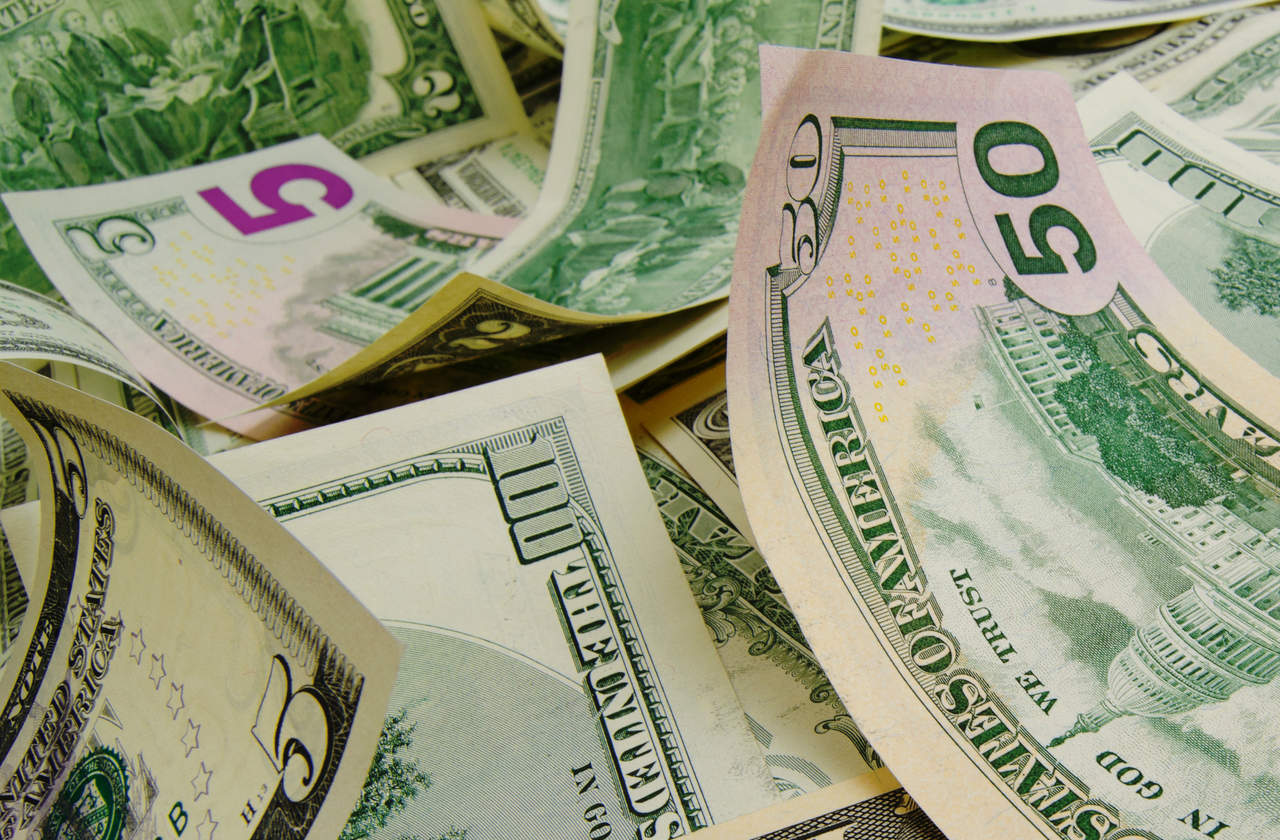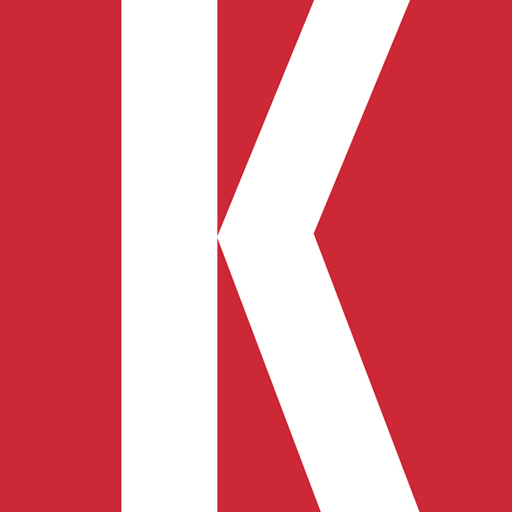What is a Dividend Yield?
Shareholders get a piece of the pie without selling their stock.


Too embarrassed to ask about this key feature of investing? A dividend yield is a piece of company profits that gets paid out to shareholders. Each year, the directors have to decide how much of each year's profits will be paid out to shareholders in the form of a dividend - usually once per quarter - and how much will be retained to grow the business.
For example, if profits (after tax) are $100,000 and $50,000 is paid out as a cash dividend, then only $50,000 can be kept back by the directors for growth. That's why some firms grow fast, but pay low dividends (usually tech firms) while others offer high dividends but lower growth prospects (like utilities).
The return from dividends on any given stock or share index is measured by the dividend yield. This is the latest annual dividend, divided by the current share price as a percentage.

Sign up for Kiplinger’s Free E-Newsletters
Profit and prosper with the best of expert advice on investing, taxes, retirement, personal finance and more - straight to your e-mail.
Profit and prosper with the best of expert advice - straight to your e-mail.
Companies don’t actually have to pay dividends
It’s important to understand that companies don't have to pay dividends. Just because they paid one this year, doesn't mean they have to do it next year. A company may vary its dividend according to how profitable the past year has been; whether it needs to hold on to more of its profits to invest in maintaining or growing its business; or whether it has more cash than it needs and wants to make an extra one-off payment to shareholders (often called a special dividend). So we need to take this into account.
To get a more complete picture, the dividend yield can be calculated based on what the firm paid in the past 12 months or calendar year (sometimes referred to as the trailing or historical dividend yield) or on the amount that it’s expected to pay over the next 12 months (a forecast or forward dividend yield).
Trailing yields reflect what has actually been paid – but past dividends may not be sustainable. Forecast yields reflect any changes that analysts expect – but forecasts are unreliable. Investors should look at both, but should not rely solely on either to make their decision: you need to think about the long-term prospects for a firm’s dividends, including any signals that the market is sending.
Red flags you should monitor
A firm with a very high yield may look cheap, but this could indicate that investors expect the dividend to be cut. In other words, sometimes the yield is high only because no one believes it will actually be paid. Meanwhile, a firm trading on a low current yield might still be attractive if the dividend is expected to grow rapidly in the years ahead.
It’s true that generally speaking, companies would rather not cut their dividends. A dividend cut is almost always a very obvious sign that something has gone wrong, and it often results in board members falling on their swords (or being pushed). But it can and does happen.
So it's important to safety-check the dividend, to test just how sustainable it is – especially if the dividend yield looks particularly large compared to the rest of the sector.
Understanding cover and payout ratios
There are several ways to sense-check dividend sustainability. You can look at “dividend cover” or “payout ratios”. Dividend cover measures the number of times greater the net profits available for distribution are than the dividend payout. You calculate it by dividing earnings by the total dividend payout, or alternatively, you can divide earnings per share by dividend per share – either will give you the same answer.
A firm that makes $10m in profit and allocates $1m for dividends has a cover of ten and a firm that makes $25m but pays out $12.5m in dividends has a cover of just two.
While cover usually differs across sectors, theoretically the higher the figure, the more secure the dividend. A dividend that is well-covered typically signals that a company has sufficient capital to pay out dividends. But this does not necessarily mean the company can actually afford to pay the dividend, let alone actually will.
For more investing news and education, subscribe to our Investing Weekly e-newsletter.
Get Kiplinger Today newsletter — free
Profit and prosper with the best of Kiplinger's advice on investing, taxes, retirement, personal finance and much more. Delivered daily. Enter your email in the box and click Sign Me Up.
-
 Stock Market Today: Stocks Soar on China Trade Talk Hopes
Stock Market Today: Stocks Soar on China Trade Talk HopesTreasury Secretary Bessent said current U.S.-China trade relations are unsustainable and signaled hopes for negotiations.
By Karee Venema
-
 2026 Disney Dining Plan Returns: Free Dining for Kids & Resort Benefits
2026 Disney Dining Plan Returns: Free Dining for Kids & Resort BenefitsPlan your 2026 Walt Disney World vacation now. Learn about the returning Disney Dining Plan, how kids aged three to nine eat free, and the exclusive benefits of staying at a Disney Resort hotel.
By Carla Ayers